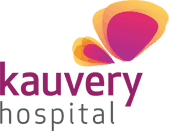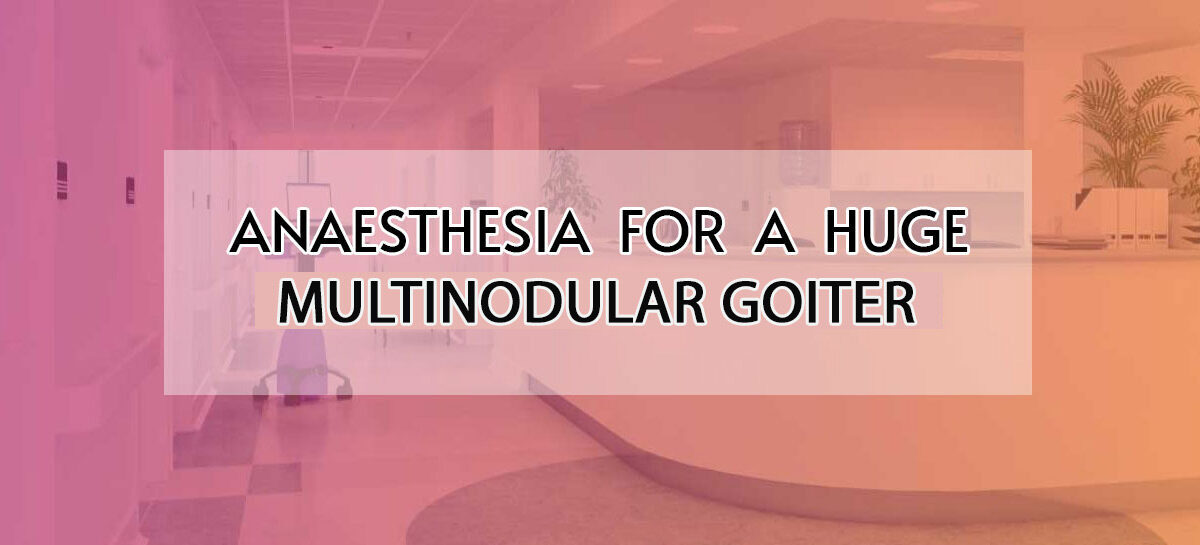A 76 years old male was scheduled to undergo total thyroidectomy for a huge multinodular goiter.
Patient presented with a huge swelling in front of the neck, which increased in size gradually over the years
Compression symptoms were present – patient had difficulty in breathing in lying flat, was comfortable in left lateral position and hoarseness of voice was present
Patient’s medical history includes morbid obesity, diabetes, hypertensive, hypothyroidism, coronary artery disease (s/p ptca to rca in 2015) with moderate lv dysfunction, obstructive sleep apnea on overnight bipap support
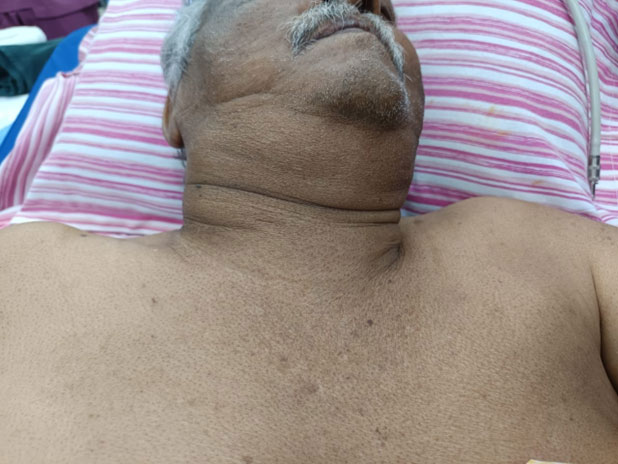
PRE-OPERATIVE PLANNING
- Routine investigations, echocardiography, cardiologist opinion, pulmonologist opinion, Ent surgeon opinion were taken
- Blood investigation were within normal limits expect haemoglobin of 7.8g
- Echo showed regional wall motion abnormality with ejection fraction of 35% and presence mild pulmonary artery hypertension
- Patient was antiplatelet Tab clopilet 75mg regularly, cardio opinion was sought, clopilet was asked to stop 5 days prior to surgery and was planned to bridge with low molecular weight heparin and the same was stopped 12 hrs before surgery
- Pulmonologist opinion was sought, added steroids and nebulisations and asked to continue cpap support pre operatively
- Flexible laryngoscope done by Ent surgeon showed – Bulging lateral pharyngeal wall on right side pushing entire larynx to medially B/L vocal cords mobile, airway narrowing present +
AIRWAY ACESSSMENT:
- Patient had double chin with huge thyroid swelling in the neck
- Mouth opening was more than 3 finger breaths
- Mallampati class 4 (only hard palate was visible)
- Terminal neck extension restricted
OPTIMISATION AND PREPARATION
- Antiplatelet was stopped and bridged with low molecular weight heparin, diuretics were given and fluid restriction were followed strictly
- Cpap support continued along with nebulisation and steroids
- One-unit prbc transfused day before the surgery
- Awake fibrotic intubation planned and same was informed and counselled to the patient
- NIL PER ORAL 6 hours for solid foods and 2 hours for liquid were explained clearly
- Informed and high-risk consent with regards to airway, need for tracheostomy and multiple comorbidities was explained and consent obtained from patient and attenders
- Nasal decongestion drops were given night before the surgery and also on the day of surgery
AWAKE FIBROPTIC INTUBATION AND INTRA OPERATIVE
- Nebulisation with inj hydrocort 50mg + 2% lignocaine given 15 minutes before procedure in recovery room
- Inj glycopyrrolate 0.2mg given iv at same time to decrease the secretions
- Airway block * superior laryngeal nerve block and intratracheal injection of 4% lignocaine given
- Awake fob done in patients comfortable position (i.e left lateral ) , with difficulty entered trachea and carina identified, 7mm ID fm tube inserted and connected to ventilator
- After the presence of continuous end tidal c02 wave forms, the patient was sedated with propofol (2mg/kg) and paralysed with cis-artacurium 0.15mg/kg
- Arterial line secured in the left radial artery for continuous hemodynamic monitoring
- Remi fentanyl infusion was started at 150 mcg/hour
- Intra operative period was uneventful, duration of 2hours blood loos of 150ml with good urine output
- Intra op findings include the presence of embryological remnants of thyroid gland in retro sternal region
POST OPERATIVE PERIOD
- Initially planned for post op elective ventilation given difficulty with the airway
- Surgeons deferred tracheostomy with intraoperative finding of trachea being spared and normal (no evidence of tracheomalacia and narrowing)
- After reversing neuromuscular relaxation, video laryngoscopy was done, b/L vocal cords visualized
- The patient was extubated after good spontaneous respiratory efforts, post post-extubation patient maintained his airway
- Shifted to the intensive care unit for post-operative observation and management
- On reviewing patient on post operative day one , patient was comfortable on supine position , vocalising well and orals were well tolerated
- His cpap support was continued and antiplatelets were restated after cardiologist review
- Shifted to ward on post op day 1 evening and was discharged on post op day 3
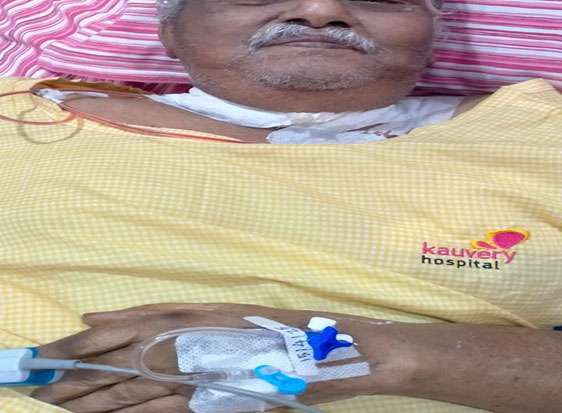
DISCUSSION
Tracheal intubation is a fundamental technique in the administration of general anaesthesia. However, it is associated with several complications, including tissue trauma, particularly in cases of difficult intubation. According to the literature, thyroid surgery is considered a risk factor for difficult intubation, often due to the presence of a large goiter or malignancy. The reported incidence of difficult intubation during thyroid procedures ranges from 5.3% to 24.6%, which is higher than in the general population. A thorough and meticulous preoperative evaluation of the upper airway can help anticipate intubation challenges and alert anaesthesiologists to the risk of dental injuries.
Thyroid surgery is a frequently performed procedure in the field of head and neck surgery and is typically conducted under general anaesthesia. The incidence of difficult tracheal intubation (DTI) in these cases is approximately 10% (1). Due to the thyroid gland’s close anatomical proximity to the larynx, laryngopharynx, and trachea, large or invasive thyroid masses can obstruct the airway, increasing the risk of anaesthesia-related complications, including morbidity and mortality. Preoperative assessment of airway anatomy and pathological changes is crucial to facilitate safe airway management. Nonetheless, many cases of difficult intubation in thyroid surgery remain unpredictable due to the limitations of current predictive tools.

SURGEONS
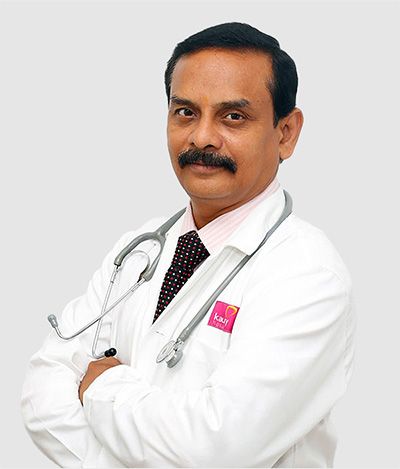
DR JYOTI BASU
CONSULTANT GENERAL SURGEON
Kauvery Hospital, Chennai
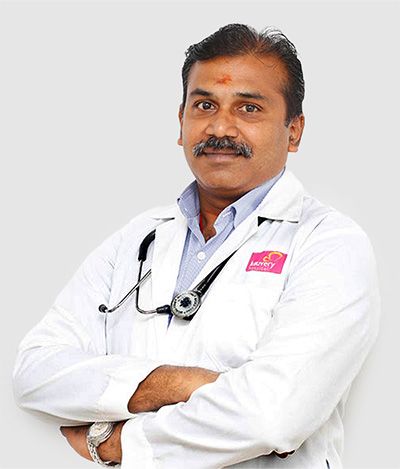
DR DHALAPATHY SADACHARAN
CONSULTANT ENDOCRINE SURGEON
Kauvery Hospital, Chennai
ANAESTHESIOLOGIST

DR VELMURUGAN DEISINGH
CLINICAL LEAD, DEPARTMENT OF ANAESTHESIA
Kauvery Hospital, Chennai
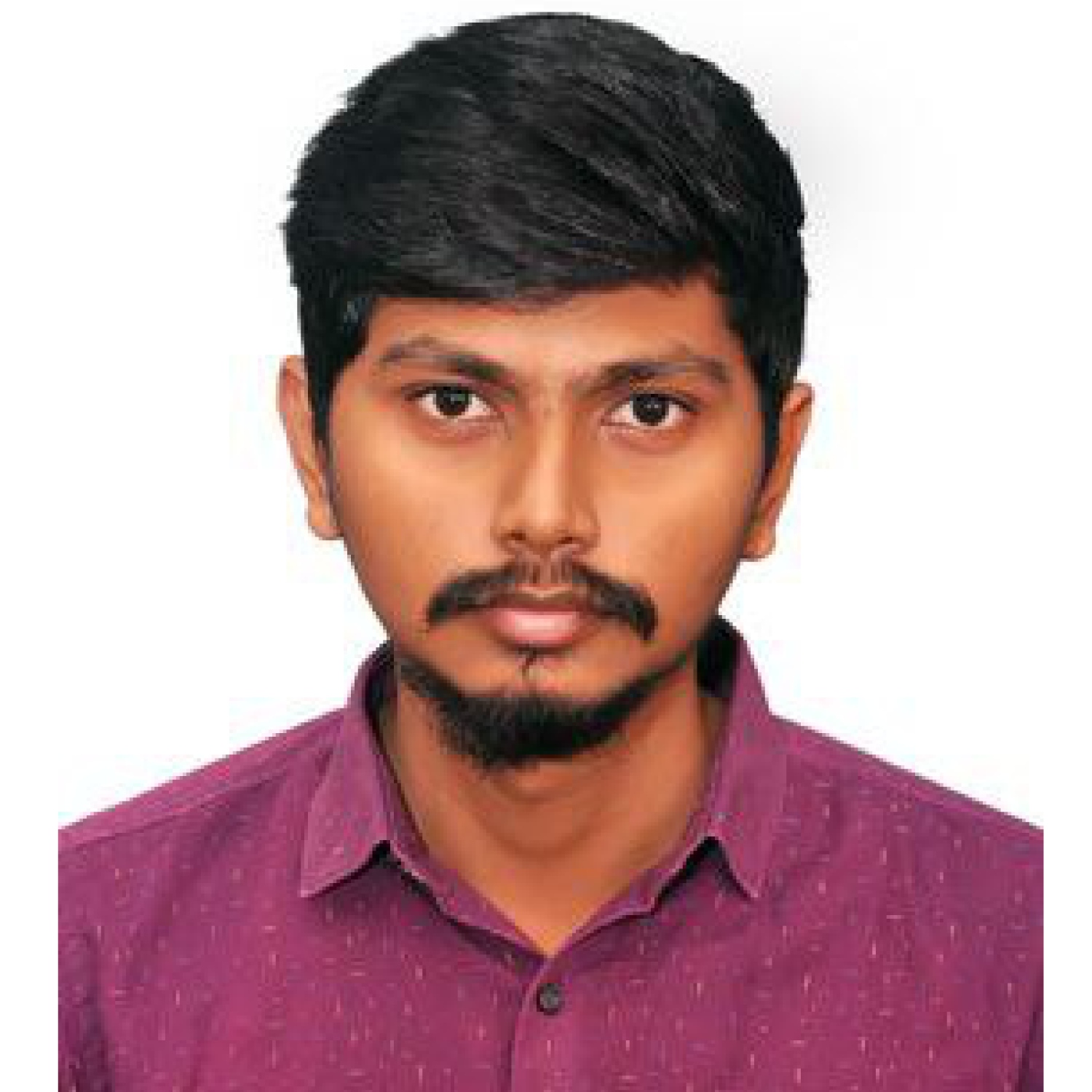
DR A. VARUN
2ND YEAR POST GRADUATE ANESTHESIA
Kauvery Hospital, Chennai

